|
Danelle Myer grew up on a conventional rowcrop farm in the rolling hills of southwest Iowa, near Logan in Harrison County. She moved away for college, where she studied public relations, then worked in PR and marketing for more than 15 years. During that time she liked gardening and cooking, but enjoyed her work and wasn’t looking for a career change. Danelle became interested in healthy eating and learned about the benefits of organic agriculture and food. When she realized the opportunity and incredible privilege she had with access to family land, Danelle decided she wanted to grow food for her hometown community. She was accepted into an apprenticeship program at University of California-Santa Cruz Center for Agriculture & Sustainable Food Systems, where she learned about sustainable and healthy food production. She then moved back to Logan and started One Farm. Her first season farming was 2011. One Farm started selling at the Harrison County Welcome Center Farmers Market, which she continued to do through 2021. For several years she did weekly online orders, and also had a One Box (similar to a CSA). In the third season, One Farm built a high tunnel to extend the growing season. This has allowed the farm to continue and expand their Thanksgiving Box every November, and offers greens like spinach outside of the typical seasons in Iowa. Today One Farm continues to grow the foods that have proven to be the most popular and sellable over the past 12 years, including several varieties of heirloom tomatoes, sungold cherry tomatoes, green beans, lettuce, spinach, and herbs. You can find these products when in season at the store. For years, Danelle pondered the possibility of a retail store to sell her products and other local products, but wondered about the feasibility of running both a farm and a store. In February 2020, she attended the Southwest Iowa Community & Economic Development Forum, hosted by TS Bank, Golden Hills, and Western Iowa Development Association. This event reignited her interest and inspired her to dive in and give it a try during One Farm’s 10th year. Two weeks later, the new COVID-19 virus caused unprecedented shutdowns and impacted every facet of daily life. Grocery store shelves were emptied as supply-chain issues lingered for many months. During this time, more and more people looked for places to buy local foods and support their community. On Halloween in 2020, during the height of the pandemic, One Farm had its first pop-up market at a space on Logan’s main street, with a long line out the door. The market had numerous subsequent pop-ups through Christmas that year, selling produce, flours, honey, jams, soaps, and a few other items. Based on the resounding success of the pop-ups, One Farm Market started hosting regular hours and became a full-on retail shop in 2021. Their product listing has continued to diversify over time. Everything at One Farm Market is grown or made in Iowa or the Omaha area. Products include: vegetables, herbs, dairy, meat, eggs, flours, pasta noodles, jams, honey, granola, granola bars, maple syrup, oils, salad dressings, sauces, chocolate treats, soda, bath & body products, charcuterie boards, wooden bowls & utensils, candles, dog treats, handmade home goods, One Farm swag (shirts, mugs, etc.), and much more. For a limited time, they are offering some citrus fruits from a friend of Danelle’s in California. Products are shipped directly from farms, sourced through Farmtable Delivery, and in some instances picked up directly by One Farm. One Farm Market is located at 215 East 7th Street in Logan, right along Highway 30 and three of Iowa's scenic byways: Loess Hills National Scenic Byway, Lincoln Highway Heritage Byway, and Western Skies Scenic Byway.
One Farm Market is currently open Wednesdays from 3:30-6:30 and Saturdays from 10am-1pm, with additional hours coming in 2023. Follow One Farm on Facebook for updated information on their hours, products, and sales.
0 Comments
January can be a bleak month in southwest Iowa. Low lying clouds can conjure feelings of claustrophobia, and with minimal snow on the ground muted earth tones are pervasive. However, talking with Jessa Bears who, along with her fiancé, Melissa, owns and operates Sycamore Ridge Small Farm LLC, I am reminded that spring will soon return. When I pulled into Sycamore Ridge Small Farm, located just west of highway 59, south of Shenandoah, I was greeted by her friendly farm dogs. Jessa was outside too, already busy with her morning chores. Jessa walked me around her farmstead, introducing me to her animals. We discussed all the exciting things she has planned for the upcoming season. When many of us are simply surviving the doldrums of winter, waiting for the first glimmer of spring, Jessa is busy planning for her upcoming season. And she has some interesting and new ideas. With the ever-rising cost of food, and concerns about supply chain issues, Jessa has decided that this season she will offer what she is calling Garden Starter Kits. A Garden Starter Kit is a terrific idea for someone who has an area, even a small area, to plant some veggies, but maybe they are intimidated by the process. Her Garden Starter Kits are offered in three sizes, small, medium and large. With the kit you get vegetable and herb starts, the number depending on the kit size you purchase. The kits also come with optional add-ons: rabbit manure fertilizer, flower starts, and additional herb starts. What I like most about her Garden Starter Kits is that with the kit purchase, Jessa is offering her expertise. She is willing to answer questions about the plants and gardening process, hoping to eliminate doubts that may stop someone from planting a garden. However, these kits are not limited to those that are garden newbies, maybe you don’t have the space or time to grow your own starts. If that’s the case, talk to Jessa. She has you covered. Another exciting and colorful idea that Sycamore Ridge is offering for the upcoming season is what Jessa is referring to as a Flower Experience. The Flower Experience gives you a chance to visit Jessa and Melissa’s farm and cut fresh flowers for bouquets. This season they will be growing nine fifty-foot rows of zinnias, sunflowers, cosmos and more. You can pre-purchase the Flower Experience now for yourself, or maybe as a gift to a friend, or loved one. This Valentine’s Day consider giving someone a gift, or an experience, that keeps giving through the growing season. In addition to vegetables and flowers, the ladies at Sycamore Ridge have a diverse group of animals that call the farm home. They raise Flemish Giant rabbits, a large breed historically valued for their fur and meat. They raise Nigerian Dwarf goats and sell the offspring. A flock of laying hens provide eggs for their family, and when there is excess Sycamore Ridge sells them to the public. A pig, named Gir, and Macy, a brown cow, are part of the farm family too, and are considered more pet-like than livestock. Visiting with Jessa was energizing and hopeful. She is enthusiastic about her farm and about helping people realize the benefits of plants and purchasing locally raised vegetables and proteins. When I asked Jessa why she enjoys farming, her answer was simple and understandable, “I like it because it makes me happy”. This happiness is apparent in her creativity and willingness to discuss her farm. If you would like to meet Jessa and swap seeds, talk gardening or flowers, or if you are simply longing for the green to return and the feel of soil on your fingertips, come to the Annual Southwest Iowa Seed Swap this Saturday, January 28th from 11am-2pm at the River Market 190, 2025 190th Street, between Shenandoah and Clarinda. Bring some seeds to swap, or just come and meet the farmer. If you need more information prior to Saturday call or text Jessa at (712) 309-1113. To learn more about what Jessa and Melissa have to offer visit their Facebook page: https://www.facebook.com/SycamoreRidgeIA or their easy to navigate and shoppable webpage: https://www.sycamoreridgesmallfarm.com/
In addition, Sycamore Ridge Small Farm LLC products can be found at Shepherds Frock in Sidney, and the Red Oak Farmers Market. The holiday season is a wonderful time to support local farmers and bring delicious regionally grown ingredients into your kitchen to share with family, friends, and neighbors. Here in Southwest Iowa, we will have several opportunities to do just that. On November 17th, and again on December 8th, from 3:30-6:30pm the Harrison County Historical Village Welcome Center, in Missouri Valley, will host a Holiday Farmers Market. The market will take place inside the Welcome Center, located between Logan and Missouri Valley on Highway 30. Prairie Crossing Winery, from Treynor, will be offering a free wine tasting. The Holiday Farmers Market will be a fun chance to purchase fresh produce, baked goods, jams and jellies, honey, eggs, frozen tamales and more. Stop, shop, sip and visit with some local vendors. Monday, November 21st, a Harvest Market will take place in the Cass County Community Center at 805 W. 10th Street in Atlantic. Stop by from 3-7pm to purchase premium local produce and meats, farm-fresh eggs, baked goods and more. Visit Produce in the Park to find a list of vendors that will be set up at this exciting event ahead of Thanksgiving. Be sure to visit this link for the option to pre-order baked goods. Similarly, a Christmas Market will take place on Thursday, December 22nd from 3-7pm at the Nishna Valley Family YMCA at 1100 Maple Street in Atlantic. Visit Produce in the Park or check out Produce in the Park Atlantic, Iowa on Facebook for more information. The Red Oak Farmers Market will also host a few holiday markets. Their Thanksgiving market will be November 22nd from 10-4 at the White Fair building, 1813 North Fourth Street, on the Montgomery County Fairgrounds in Legion Park, across from the Gold Fair building. A Christmas market will be held in the same location beginning Thursday, December 15th and going through Saturday the 17th. The hours of this event are 11-6pm Thursday and Friday, and 10-5pm on Saturday. If you haven't been to the FarmTable Procurement and Delivery warehouse in Harlan, you are missing out. FarmTable is a Southwest Iowa food hub that has a wide selection of veggies, fruits, dairy, meat, eggs and so much more. Their incredible selection changes weekly depending on what area farmers have available, and ordering with them is a breeze. Check out their website here to find out more information about setting up an account for ordering, or look up their open warehouse hours, when anyone can stop and shop. FarmTable will also host a few holiday markets. On Saturday, November 19th, and again on Saturday, December 17th from 9-1pm at 1806 Industrial Parkway in Harlan. These markets are a great chance to stock up on ingredients from area producers, plus there will be free samples and door prizes. In addition to the holiday markets, Southwest Iowa has a few on-the-farm stores that will be open this holiday season. FarmSweetFarm located 4 miles northwest of Harlan at 1222 Ironwood Road, is open Wednesday-Saturday and is a reliable source of meat, popcorn, and other local products.
One Farm Market at 215 East 7th Street, Logan is open Wednesday, Saturday and Sunday and features a selection of pantry staples, local produce, and handmade goods. Doe’s and Diva’s Dairy, Inc, at 31140 185th Street, Honey Creek, has a small farm store, open daily from 10am-6pm, where you can buy hand-crafted sheep milk soaps, lotions, lip balm and yarn. Farm fresh turkeys are still available from Rolling Acres Farm. Turkeys can be picked up at the farm, or in Omaha, the week of Thanksgiving. Visit Rolling Acres farm on Facebook or contact Denise at 712-485-4599 to order one today. They are going fast! Nishnabotna Naturals, located west of Oakland, has five varieties of fresh arugula available for pre-order by calling 712-482-3377. Prices are $5.50/lb or $3.00 ½/lb. This holiday season, buy fresh, buy local and support your community. If you know of any holiday markets that were missed in this post, please contact [email protected] and I will get you added. By Tina Bakehouse, Outreach & Communication Coordinator, Golden Hills RC&D
Judy Dittmar strides across Zack Edler’s third grade classroom. With a purple marker in hand, she writes “KUMQUAT” on the board in all-caps. As the Roosevelt Elementary students file into the classroom, they point to the strange word and murmur, “What’s that?” Dittmar, the 54-year-old dietitian for the Council Bluffs Community School District, announces, “Who’s ready to try a kumquat?” Some hands shoot up, while some students raise their eyebrows, hesitant to try the orange, oblong fruit. Dittmar is on the frontlines of America’s struggle to get its children to eat better. Few places in Iowa have as big of an obesity problem as the county that surrounds Council Bluffs. Pottawattamie County was near bottom for health—91st out of Iowa’s 99 counties. In a 2014 report, the federal Centers for Disease Control and Prevention said 36.8% of Pottawattamie County adult residents are obese, a level that’s five percentage points higher than Iowa’s average of 31.6% for obesity. Individuals who are obese have a higher risk for other lifetime health problems such as heart disease, cancer, stroke, Type II diabetes, and more. Poor nutrition ranks 6th out of 10 leading causes of death. This has significant financial consequences, increasing healthcare costs. Teaching kids to eat right can help prevent a lifetime of obesity. “Obese kids are more likely to be obese adults,” said Suzy Wilson, a nutrition consultant at the Iowa Department of Public Health. “The habits kids learn when they’re young can translate to what they’ll do as adults.” But breaking this cycle is hard. “For one, it’s hard to change habits. Our environments are filled with snack foods and fast foods that are quick, cheap and tasty,” said Wilson. Ruth Litchfield, Iowa State University Professor of Food Science and Nutrition said, “Our environment has been referred to as an ‘obesogenic environment’-- it does not promote physical activity and promotes consumption of large portions of high calorie, low nutrient food.” In 2014, the Iowa Department of Public Health said 14% of junior high and high school students consume less than one fruit a day and 18% consume less than one vegetable a day, less than the daily recommended amount. The U.S. Agriculture Department recommends children ages 9-13 should eat 1 ½ cups of fruit a day and 2-2 ½ cups of vegetables a day. Eating right is even harder for those who live in poverty. Junk food is less expensive. Many live in a food desert, where there are so few grocery stores that finding healthy, affordable food is hard. Unfortunately, one in five children in Iowa are food insecure. The U.S. Census Bureau shows 10% of Pottawattamie County residents live in poverty. According to Lisa Stewart, Supervisor of Nutrition Services and Warehouse for Council Bluffs Public School District says, “Eight out of eleven elementary schools serve lunch to students for free. School is the primary food source in Council Bluffs.” The dependence on schools for food makes them perfect for teaching kids how to eat right. Few school districts in Iowa are working as aggressively to improve the eating habits of their students. Council Bluffs is one of only 14 Iowa school districts, 92 schools in 13 counties, involved in the Pick a better snack program, a federal program developed in Iowa that teaches healthy eating habits and encourages physical activity. In order to qualify for the program, urban schools must report 60% of their student population participate in free and reduced-price lunch program; whereas, rural schools report 55% participation. Even having a dietitian conduct a nutrition lesson in an elementary school is unusual. But Dittmar is proving that children from disadvantaged households can learn to eat healthier at home. Each month during a 30 minute lesson, she introduces a food, reads a related book, encourages students to do a physical activity like jumping jacks, provides food samples, and asks for student feedback. Dittmar says, “Kids are more likely to try new foods at school. It’s positive peer pressure.” Her healthy habits are contagious. Buzzing through hallways with her food cart wearing a bright red, polo, jean skirt, and tights decorated with pictures of vegetables, she hugs students, welcomes food staff, and high-fives teachers. With her petite, athletic build, she exudes confidence and passion for healthy eating. In high school, Dittmar thrived as an athlete and raised a garden with her family. She practices what she preaches. She runs half marathons, bikes trails and roadways, and enjoys eating fresh produce from the Bountiful Basket program. Students give a “thumbs up” if they like the food. “Don’t ‘yuck’ my ‘yum’,” Dittmar says, teaching children to respect different opinions, empowering them to make their own decisions. Third graders receive bingo cards, encouraging families to be active and eat healthy. All students wear stickers, saying “ASK ME ABOUT _______” to elicit discussion with parents at home. Hailey Moher, age 6, says, “She brings yummy things, and we try different fruits.” Mason Aldredge, age 6, says, “Judy is fun. We try new foods, like garbonzo beans.” Zach Edler, Roosevelt third grade teacher, has started eating the healthy snacks this year and has observed more students trying new foods because he’s willing to try them. Sindy Kafka, Roosevelt kindergarten teacher, noted she’d never tried jicama before. Kafka says that because of Judy, she tried it, and along with the kindergartners, now knows what it is. Wilson, from Iowa Department of Public Health, has seen Judy interact with students in the classroom, saying, “The kids like Judy. She does a great job relating to students and connecting the Pick a better snack lesson to academics, getting kids excited about fruits and vegetables.” Stewart, Dittmar’s supervisor, agrees, saying, “I learned everything I know about nutrition from Judy. She’s very important to the district, this department, and a great part of our team.” Dittmar’s lessons reach beyond the classroom. Her lessons even get parents to eat better. Sara Watts, Mason’s mom, says, “I normally don’t eat a lot of fruit and veggies. When we’re at the grocery store, my son points out food he’s had at school and asks me to buy them. Like pears. Or pineapple. Now, we’re eating a lot healthier at home.” Pick a better snack has three goals: increase intake of fruits and vegetables through food tastings; increase physical activity to 60 minutes daily; and increase consumption of low-fat dairy. In this program, Dittmar presents fun, research-based lessons, prepares healthy snacks, and coordinates with teachers, Iowa Department of Public Health, other dietitians, and staff. She writes grants to fund her programs and supplies because her position is 80% grant funded. Each month, she teaches 1,500 students in seven elementary schools, contacting over 12,000 youth each year, bringing in $57, 418 for the district. Due to dietitians such as Dittmar, the Pick a better snack program affects children’s eating behavior. In 2011-2012, the USDA conducted a study that showed students participating in the Pick a better snack program ate more fruits and vegetables than those who did not participate in the program. The word is getting out. With an increase in marketing the program on social media, billboards, posters, online, and at schools, there’s more awareness about the program and the importance of eating healthy, supporting Dittmar’s efforts. “It’s making small changes in the food we choose to eat,” said Wilson, referring to the 2015-2020 Dietary Guidelines for Americans. But the program’s success is being overshadowed by budget fights in Washington. The Supplemental Nutrition Assistance Program Education, “SNAP Ed,” is one of the programs under debate for future funding, which is supported by the Farm Bill. Agriculture committees in Congress are debating whether to make big changes to all SNAP Ed programs, which funds Pick a better snack. With over $600,000 devoted to the Pick a better snack program throughout the state each year, Iowa Department of Health officials are watching the Farm Bill debate closely to see whether SNAP-Ed will be cut. Even with the program’s success, Dittmar is worried about the program going away. “I’m a nonessential,” she says. Nutrition education is considered supplemental education, and the program is threatened. Even with these challenges, Dittmar continues pursuing opportunities to expandnutrition education in the district. She’s writing another grant. If she earns this grant, the Council Bluffs school system will have another dietitian who will teach Pick a better snack to more students in the district. Dittmar holds the kumquat in her hand. Excited to find this “rare treasure,” she buys them in bulk to share. Grinning, she says, “Kumquats are my favorite—nature’s sour, tart candy. Give it a try.” The students can’t let Dittmar down. After the sniff test, they pop the unique fruit in their mouths. Everyone makes a face. A few pass on second helpings. Several shriek in delight. Echoing many of the positive responses, Kinzie Jones, age 9 says, she’d try them again because “They’re both sweet and sour.” If you walk into Roosevelt or the six other elementary schools, you’ll see the Council Bluffs Community School dietitian Judy Dittmar. She’ll be zooming from class to class with her “You’ve Got Power” cart, passing out snap peas, or hummus, or kumquats to try and smiling and hugging kids as they run by. Dittmar goes the extra mile. Like Stewart says, “There’s so much more to Judy’s job than feeding kids and giving snacks.” |
Archives
June 2024
Categories
All
|
Address712 South Highway Street
P.O. Box 189 Oakland, IA 51560 |
ContactPhone: 712-482-3029
General inquiries: [email protected] Visit our Staff Page for email addresses and office hours. |

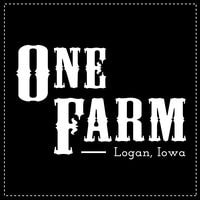
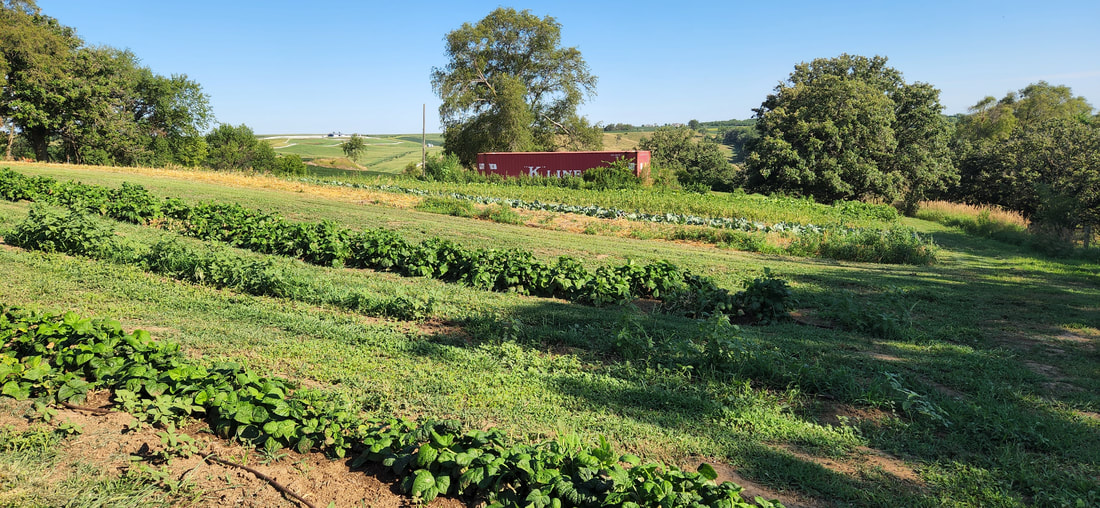
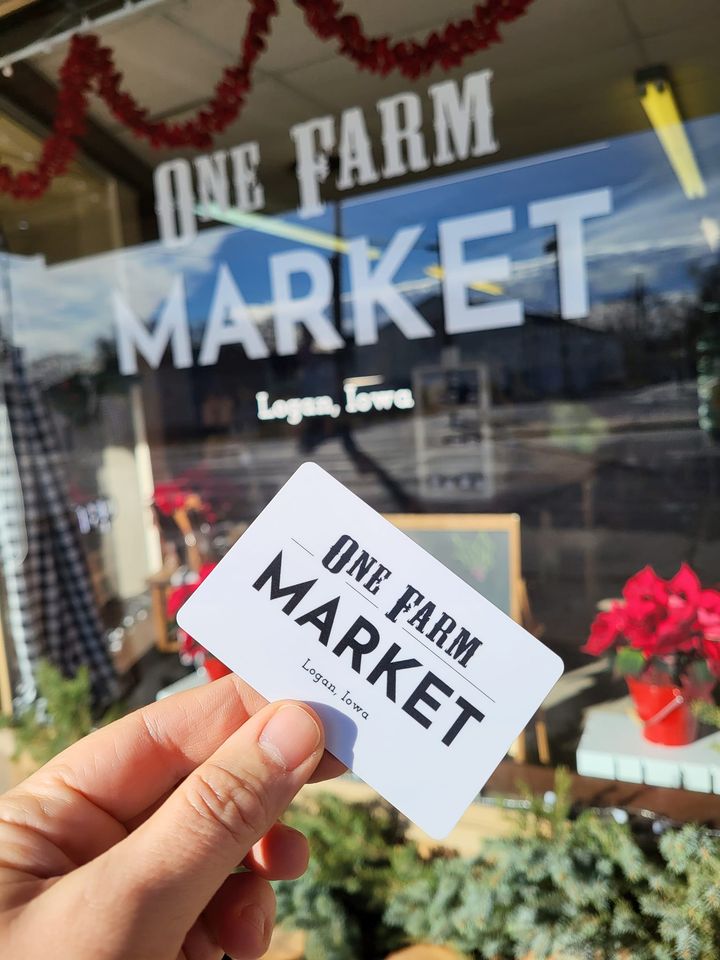
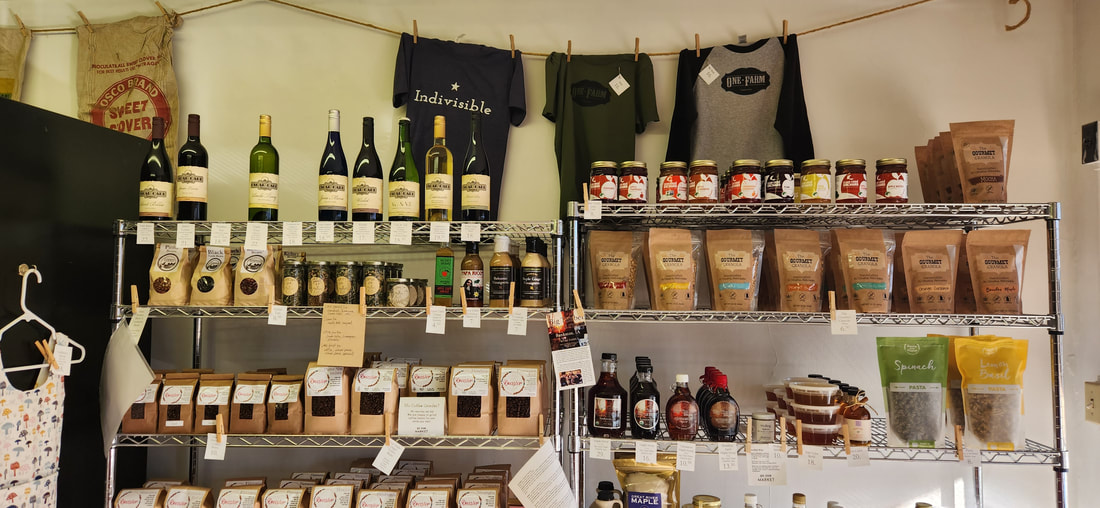
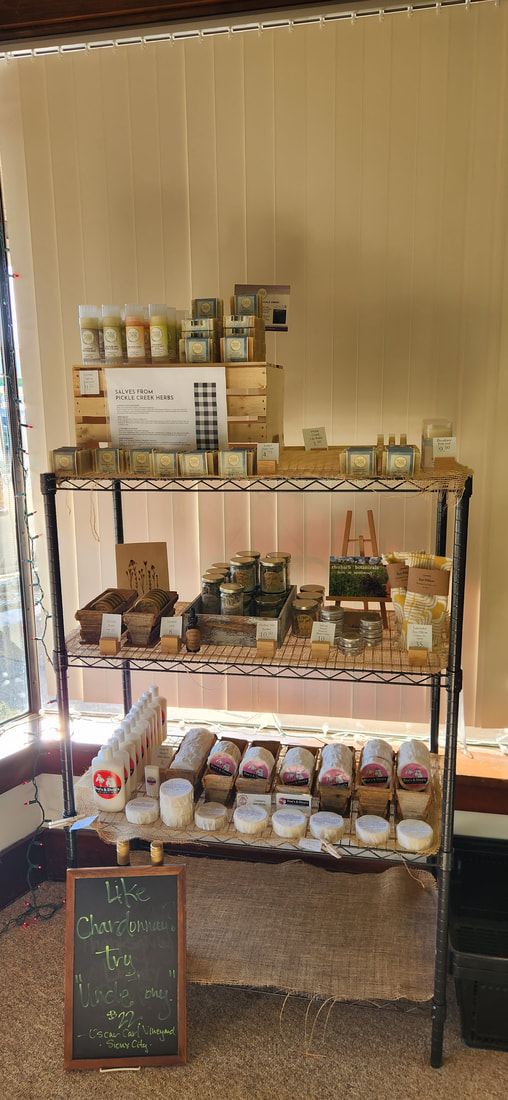
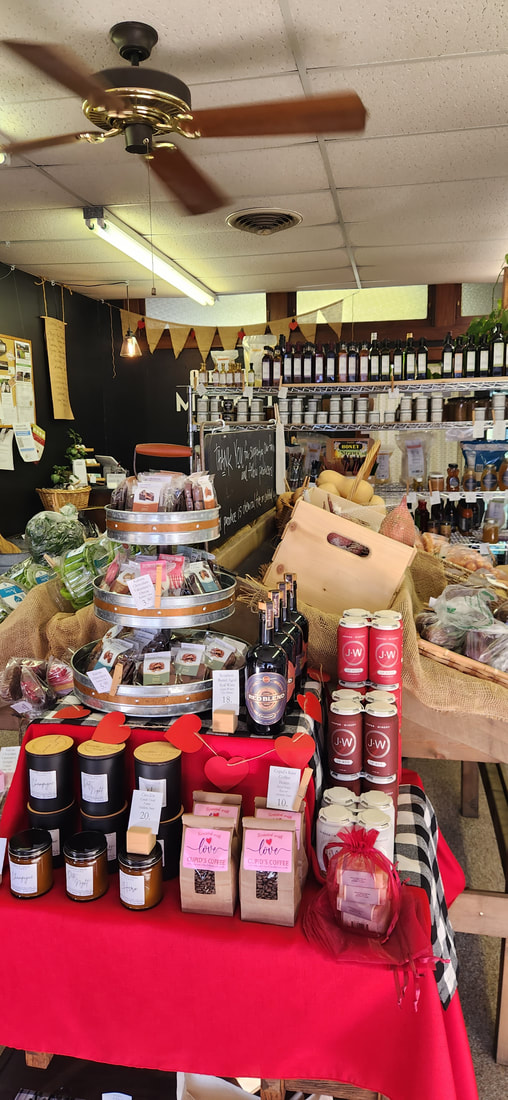
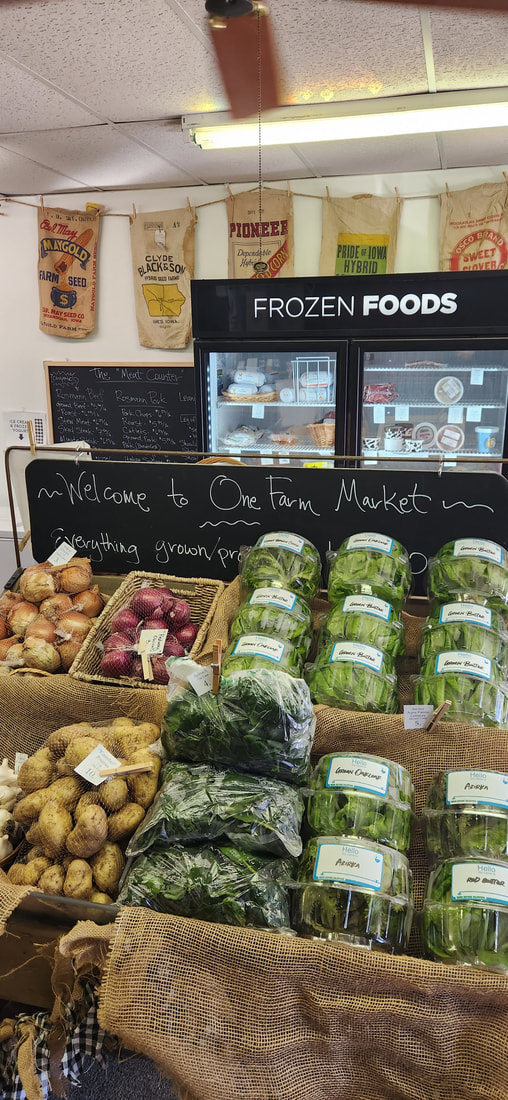

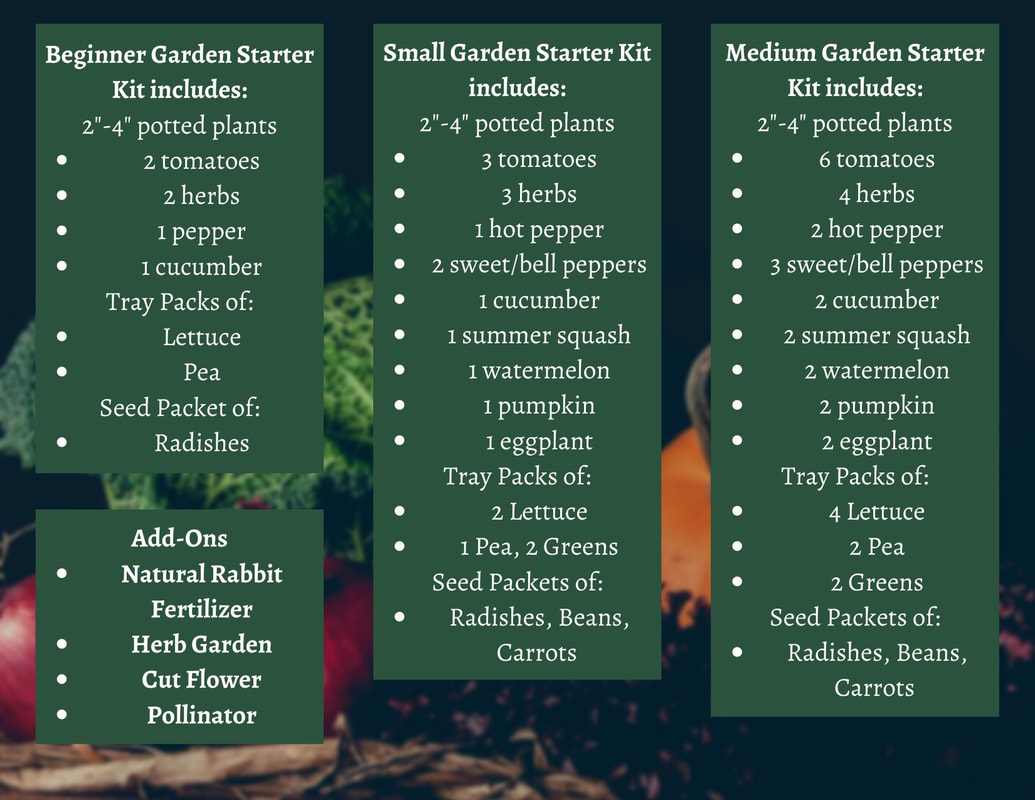

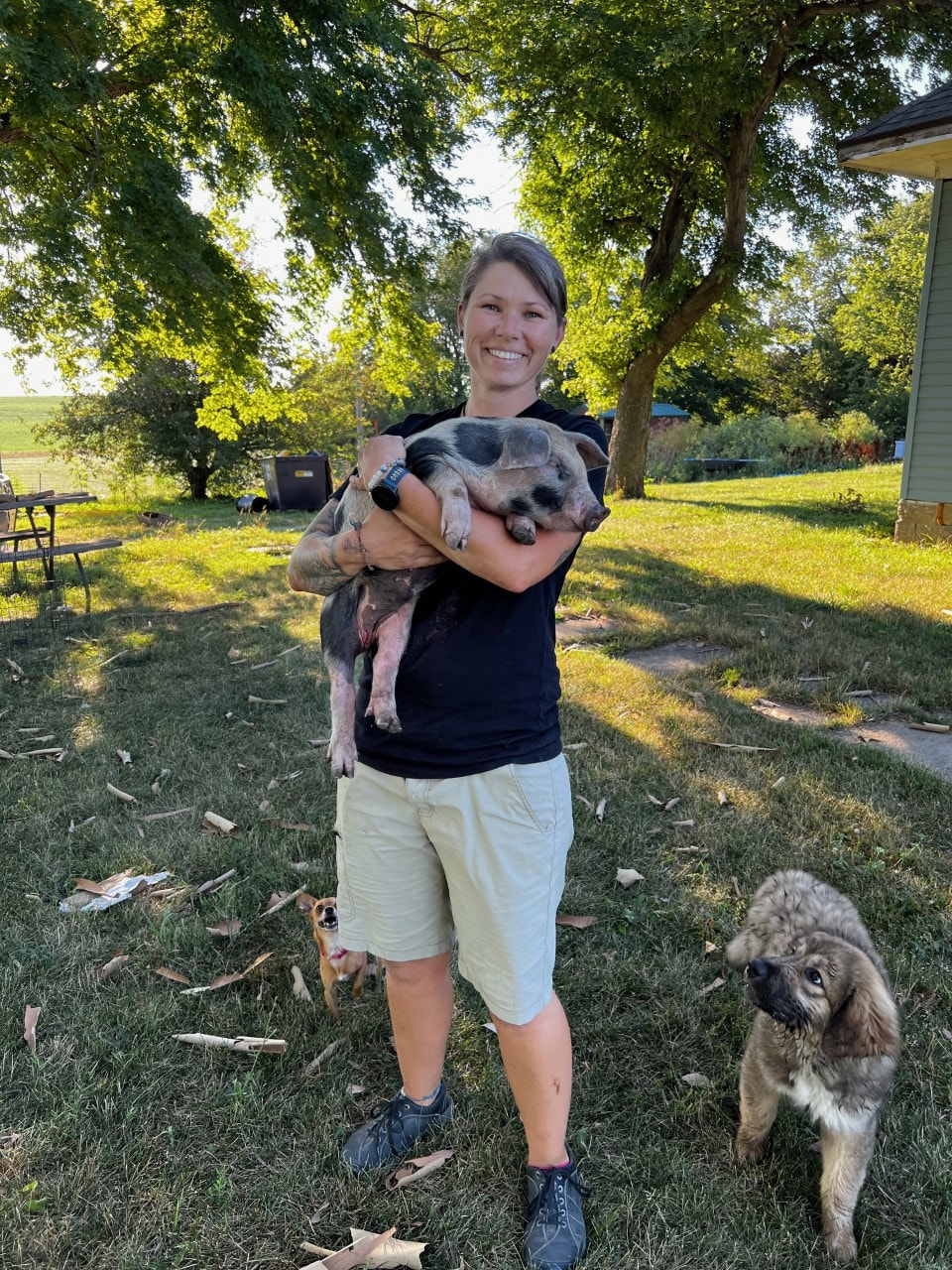
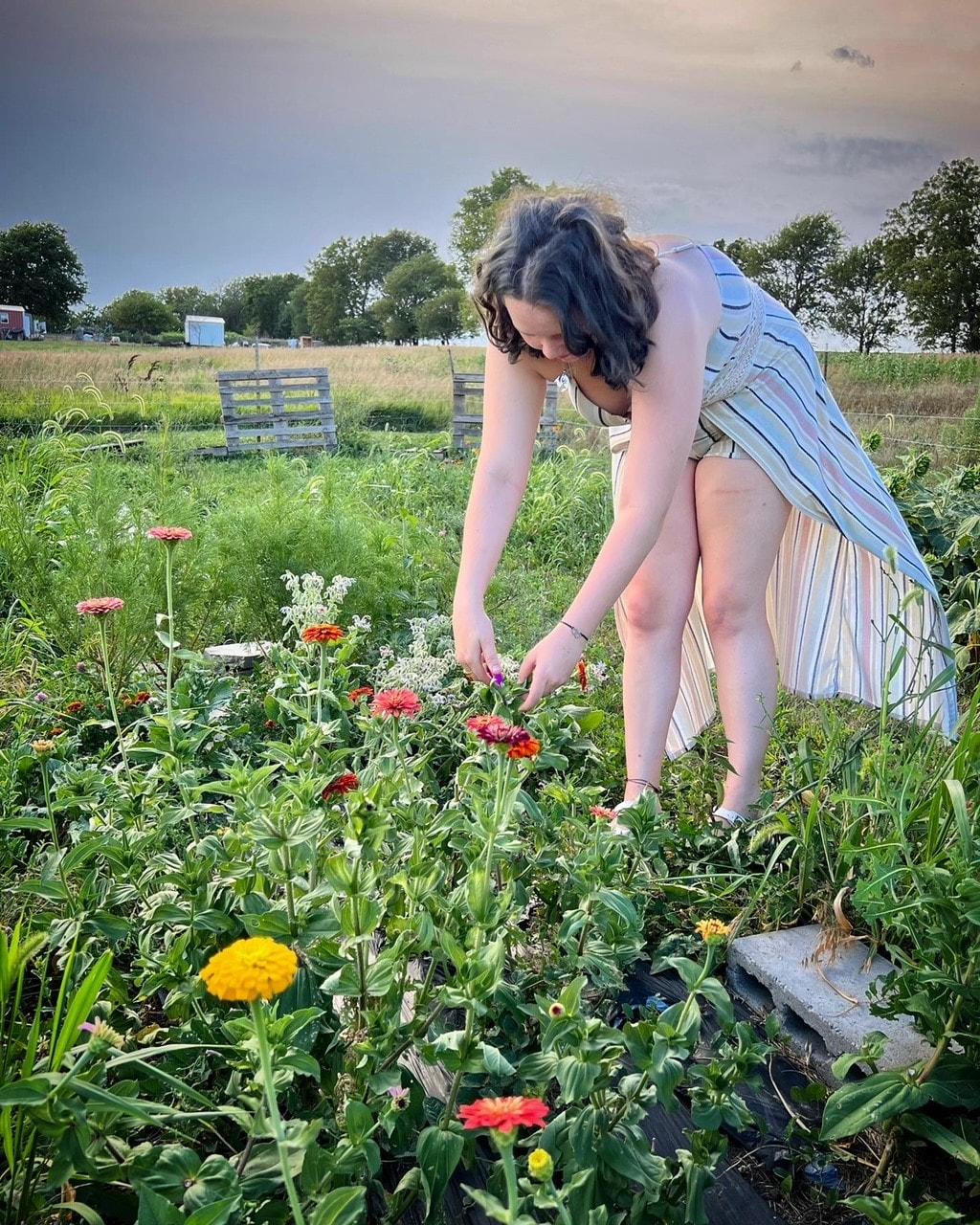


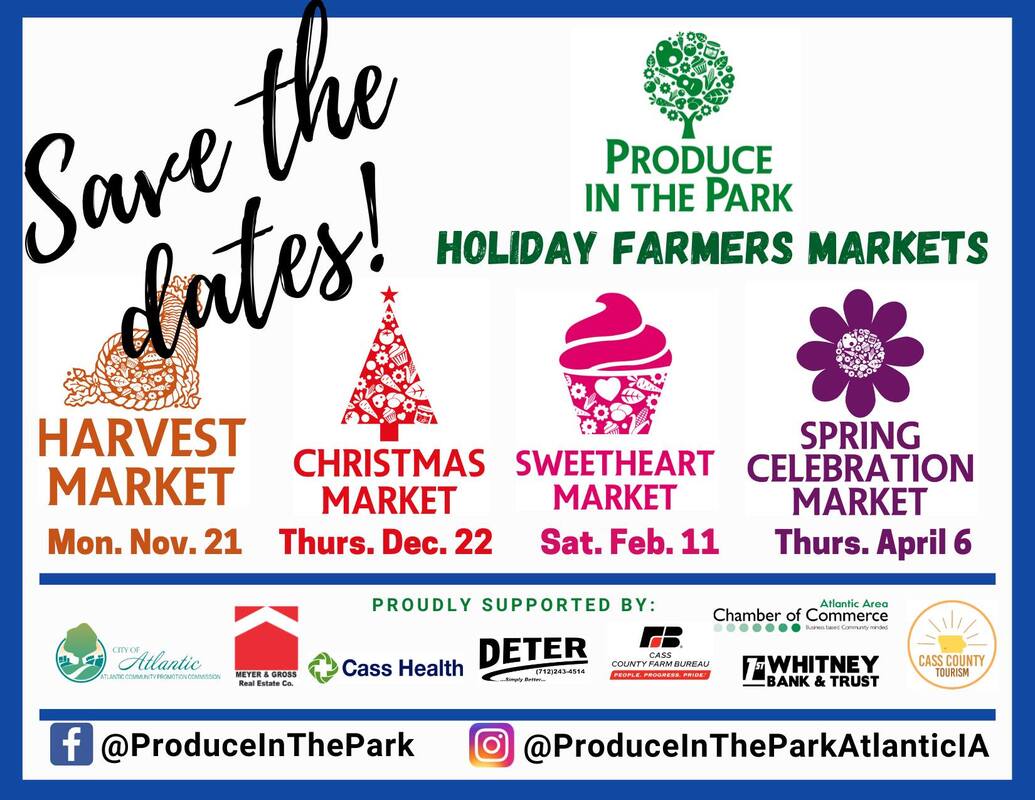

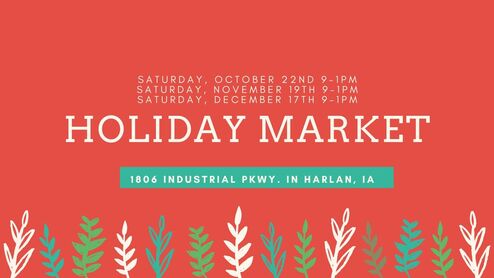
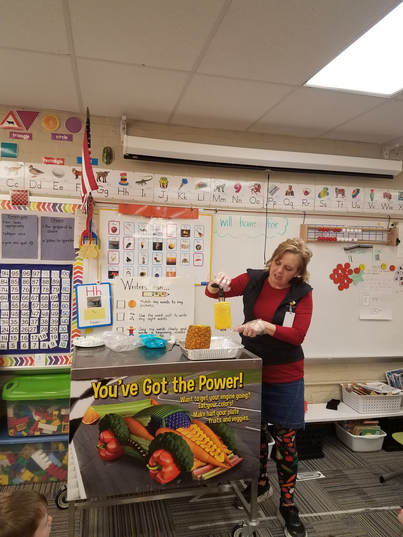


 RSS Feed
RSS Feed